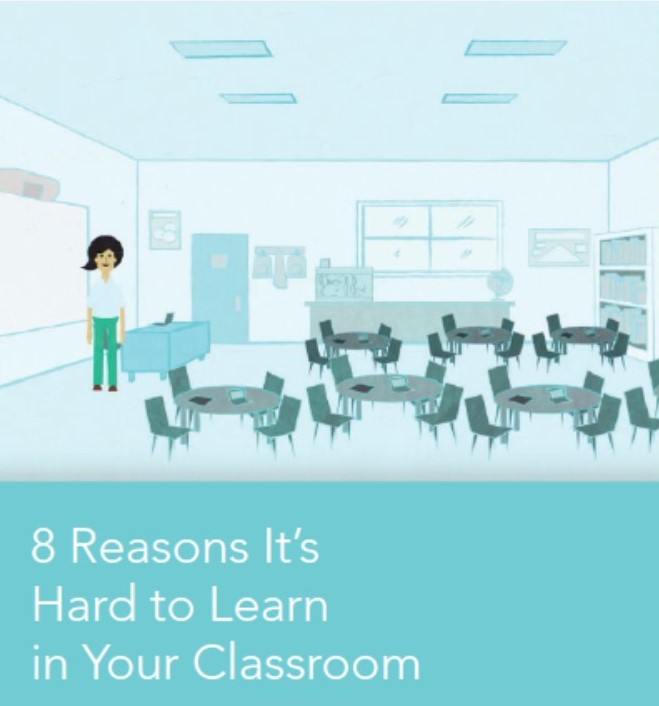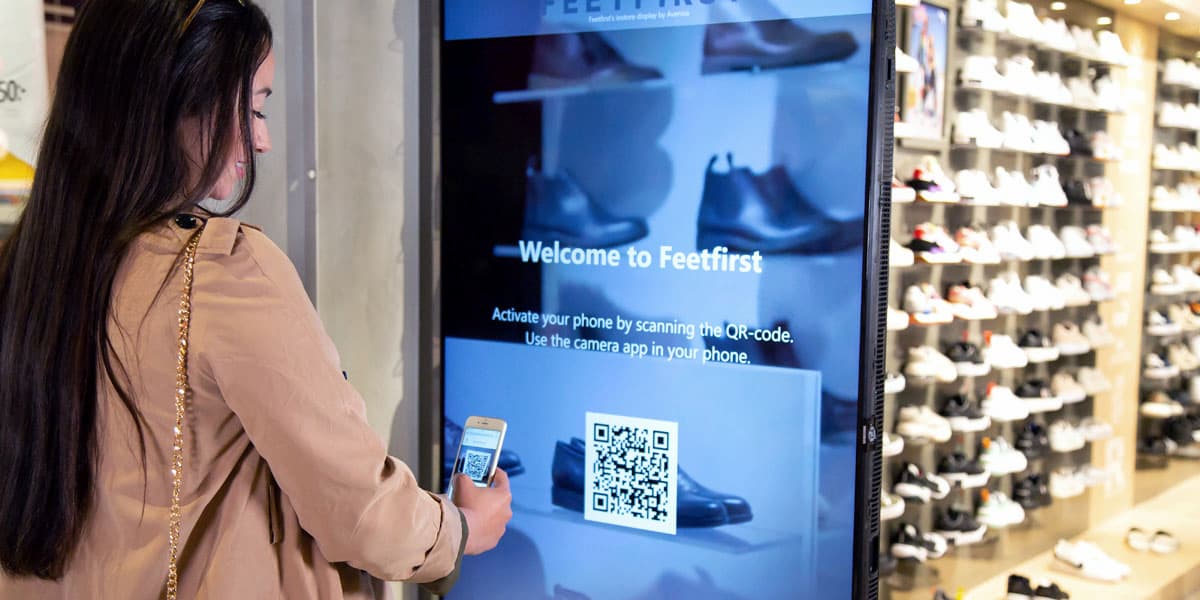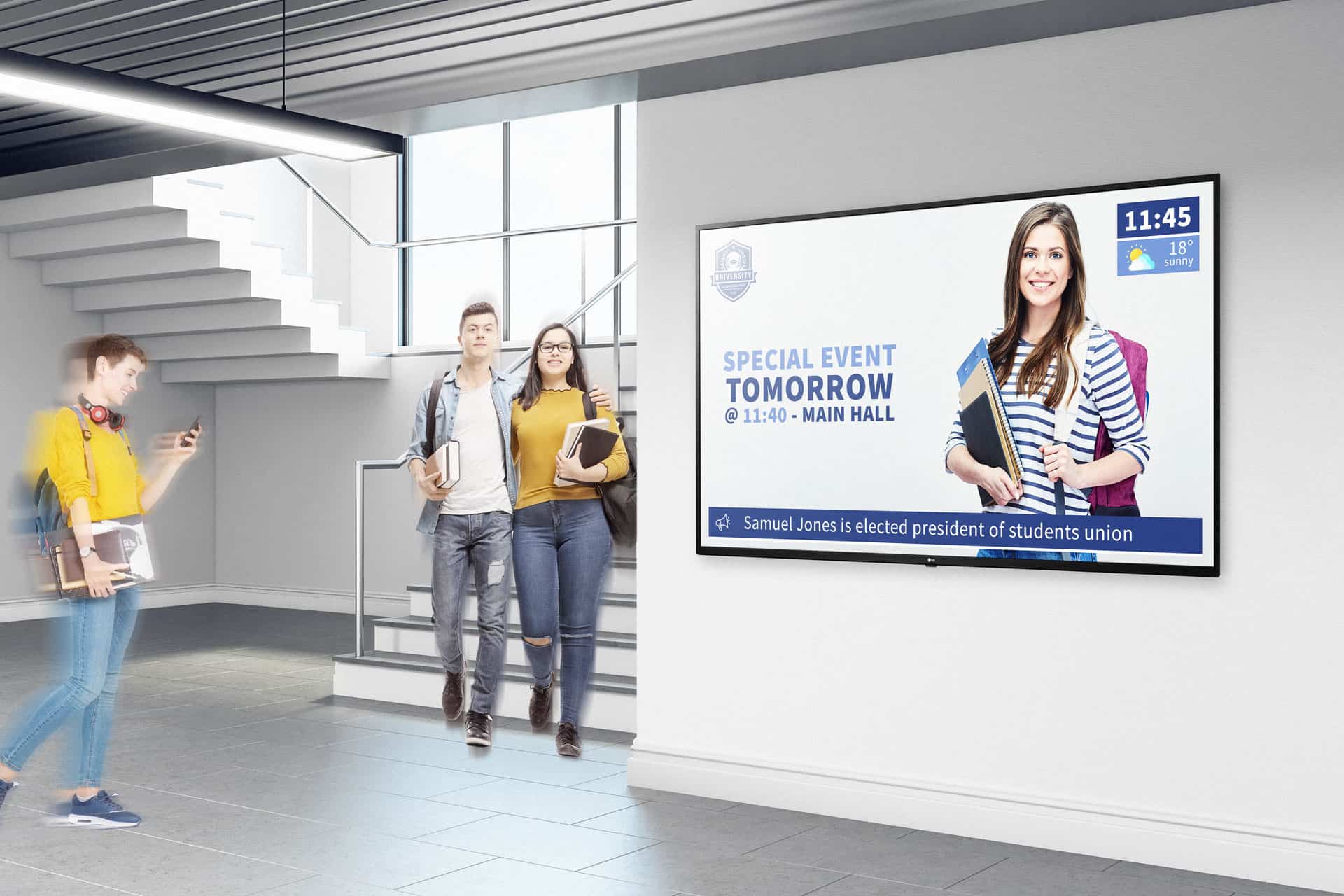Our Blog Check out what's new here at Points West.

8 Reasons It’s Hard to Learn in Your Classroom
November 14, 2018
The biggest obstacle to classroom learning could be the classroom itself. Even with excellent teaching and great administrative support, there are some obstacles to learning that seem impossible to eradicate. In fact, they’re so common they’ve become clichés: student attention will wander, teachers have to raise their voices to communicate, behavior problems are lurking in the back of the room. But when the average student misses 25% of what a teacher says, these aren’t just occupational challenges; they’re urgent flaws with real impact on outcomes. It’s not that students are inherently lazy. Or that teachers aren’t trying hard enough. It’s the fact that teaching — even in our age of multimedia — requires that students spend 45% to 60% of their school day involved in the listening process.
The typical classroom environment is hostile to listening. Unfortunately, because sound is invisible, teachers and administrators often fail to make the connection between a student’s comprehension of auditory information and:
.jpg)
• Decreased performance
• Reading deficiencies
• Delayed language acquisition
Ask for a copy of the "8 Reasons It’s Hard to Learn in Your Classroom" guide. In the guide, you’ll learn how to recognize obstacles to learning in the classroom, in common teaching styles, and perhaps even in students’ brains — and how to overcome them.
The guide "8 Reasons It’s Hard to Learn in Your Classroom" includes information on:
-
Your classroom almost certainly fails acoustics standards.
-
Students at the back miss more than you think. Did you know that students sitting farthest from
the teacher can miss up to 40% of what’s being said? -
Your youngest students are probably suffering the most as they don't have the language knowledge or life experience to ‘fill in the blanks’ when they don’t hear a word or only hear part of it.
-
Classrooms may put special needs students at even greater risk. Acoustical problems in schools exacerbate the learning difficulties for students.
-
Acoustic treatments do nothing about the distance problem. Even in an acoustically-treated room, the teacher’s voice will always be weaker for the students seated farthest away
-
Many teachers strain their voice to be heard — but it’s not working. Speaking in the “teacher voice” all day long results in hoarseness, laryngitis, and worse.
-
Classroom seating affects behavior — but maybe not for the reason you think.
-
Technology overload is real, and your classroom probably isn’t helping
Classroom sound technology is a simple yet powerful way to transform a common classroom into a focused, clear space for learning. If you would like a free consultation to learn if classroom sound technology is right for you, get in touch with us at 250.861.5424 / 800.761.7928 / [email protected]. Many of our manufacturers have a demo program so you can try out a system before you buy it.


Increase Sales Through Touch
Read Article

Digital Signage in the K-12 Ecosystem
Read Article


